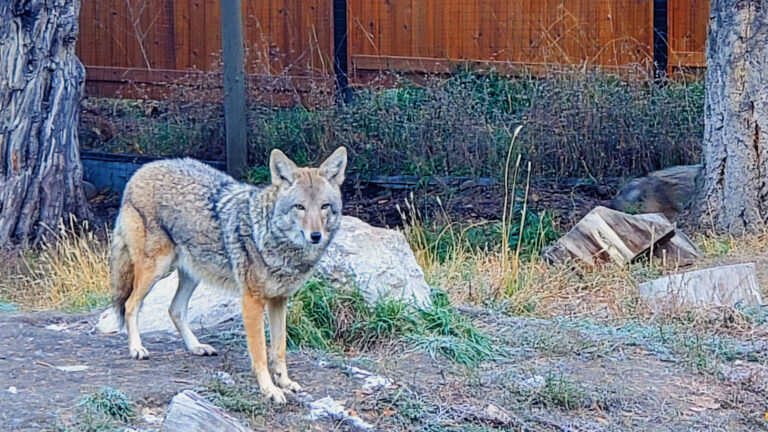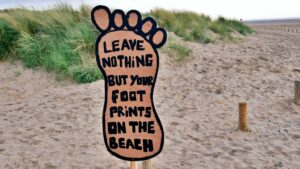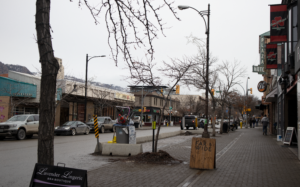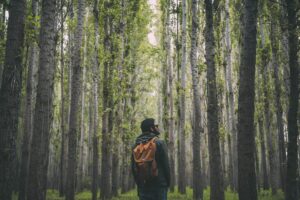Getting Wild! Being a responsible tourist when having wildlife experiences.
Written by The Wandering Writers Group
It’s important to do everything we can to protect our environment, especially since nature spaces and the wildlife in them are a large part of what makes Canada so beautiful. While it seems tricky to find opportunities as a tourist to visit adorable animals, learn and take amazing photos, we promise it’s not. There are many ways to engage responsibly with animals, like by visiting zoos or parks focused on conservation or just being educated on how to act in natural spaces. So we’ve compiled some resources to help you find places to get wild responsibly.

But before we get too far into it,
since we’re talking about zoos it’s important to mention that not all wildlife experiences are equal. Some zoos do not help animals, instead buying, or capturing animals from the wild.
Wildlife Preserves and Centers
To avoid going to these places make sure you only head to registered or accredited zoos, sanctuaries, parks, or centers like:
Located north of Fayshorse, Yukon Wildlife Preserve is Yukon’s only Wildlife rehabilitation facility. Covering over 350 acres, the preserve is home to more than a dozen species of northern Canadian mammals and over 180 animals. Since it is open year-round, visitors get to experience wildlife in their element while exploring on foot or by bus.
Since 1996 Le Nichoir has been rehabilitating birds that have been injured or abandoned by human influence from areas around Canada. Located in Hudson, Quebec, the center is the largest bird rehabilitation center nationally. Hosting thousands of wild birds and more than 100 different species each year, a must-stop if you’re in the area.
Located in Kamloops on 106 acres and home to nearly 200 animals (65 different species), 60% of the park’s animals were rescued from harmful situations and rehabilitated. BC Wildlife Park aims to inspire respect for BC’s wildlife and assist in preserving biodiversity through education and research.
Above the heart of Vancouver sits Stanley Park and in it the Vancouver Aquarium. Featuring over 65,000 amazing creatures the aquarium strives to be at the center of marine research, conservation, and marine animal rehabilitation. You’ll be able to learn, have fun and meet Donnelly – the aquarium’s newest rescued seal!
If you’re not headed to one of these spots Canada’s Accredited Zoos and Aquariums organization (CASA) can help you find reputable wildlife experiences across Canada.
Engaging Responsibly with Animals in the Wild
While visiting a center is a great way to aid animals who can’t be in the wild, even if you aren’t going to one it’s likely you’ll bump into some wildlife traveling through Canada. For you, and the wildlife, to stay happy and safe there are important things to do when moving through their spaces.

Remember to never feed wild animals and respect their space. Feeding and getting too close can cause animals to learn problematic behaviours putting their life in the wild at risk. Even for something simple like driving through nature areas, it’s important not to slow down or leave your vehicle just to look at a wild animal.
Federal and provincial laws also help to protect animals. Things like feeding or slowing to look at wildlife, or walking with your unleashed dog, aren’t just bad practices, they are illegal. So, if you’re visiting one of Canada’s many parks and need more information visit Parks Canada Online.
Now that you know some informational resources and key spots to go to you’re ready to spread your wings! We’re looking forward to seeing you out there.












